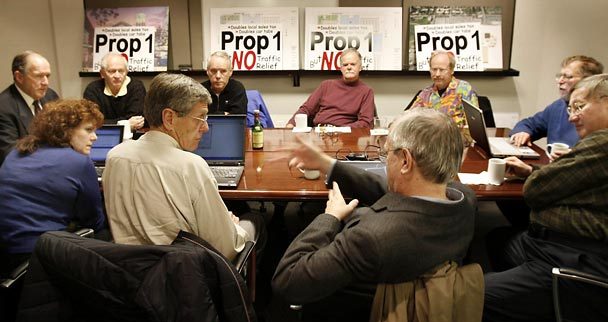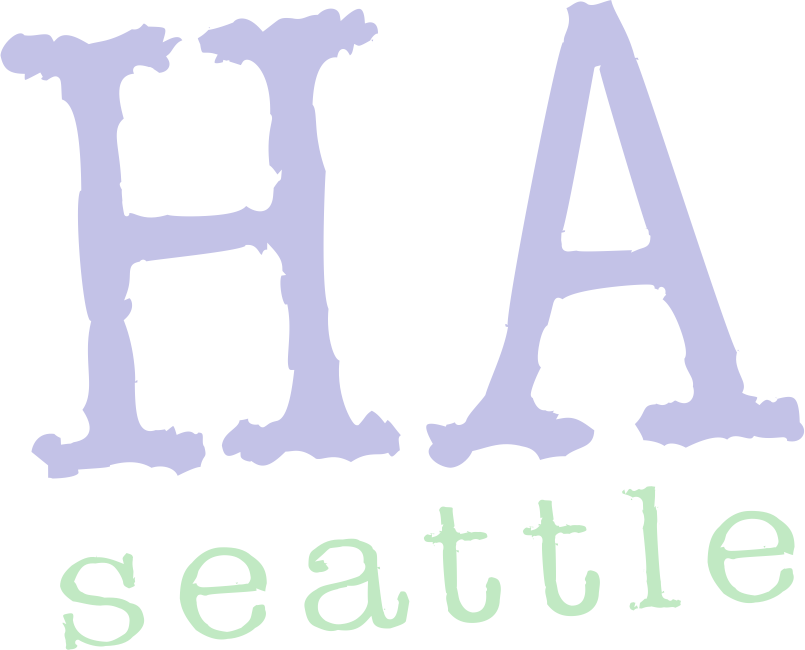Goldy talked about how he’s going to vote no on everything:
We gave you your gas tax. We gave Ron his buses. But you refused to give us our light rail. And you did so believing that despite being dicked over on the one thing we really wanted, we would remain good progressives, pragmatically voting to tax ourselves for good infrastructure projects, whenever they came our way. Well fuck that.
What’s more, if Ron Sims “green transit package” looks like some BRT, variable tolling piece of shit, then I’m out. Fuck ’em. People who talked absolute shit for months about Prop 1 and then demand that I be reasonable and negotiate? Fuck them. Ron Sims and the Sierra Club savaged the proposed line to Tacoma for months, and I’m supposed to shrug that off and roll with it? Erica C. Barnett’s title says “Pro-Light Rail Enviros May Have Swung Prop. 1 Election.”
Well, but…
The Sierra Club didn’t campaign on a pro-transit theme. They campaigned on an anti-global warming theme (I remember, I was there).
All the players in this game are figuring out what this election means, and what the next step is. I want to see Sound Transit go right back to the voters in November of 2008, a high turnout election where liberals will vote in droves, with the same 50 miles of rail and the rest. To me, anything else is unacceptable, and will get a big fat ‘no’ vote from me.

